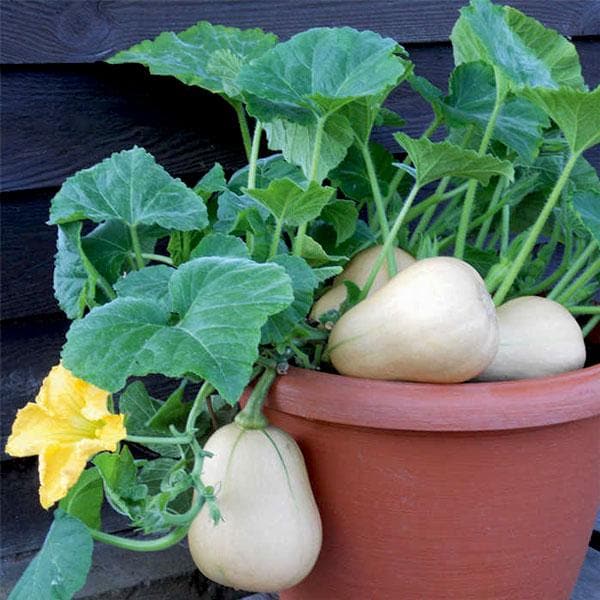
Butternut Pumpkin - Plant
(MRP Inclusive of all taxes)
- Shipping ₹79 for entire order
- Dispatch in 7 days
- Country of origin: India

(MRP Inclusive of all taxes)
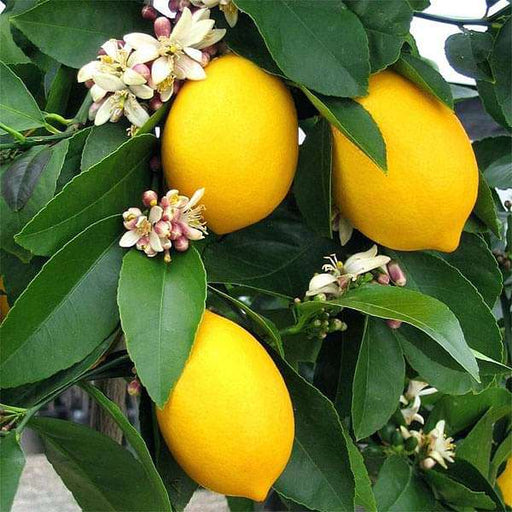 Save 23%
Save 23%
Kagzi Nimboo, Lemon Tree - Plant The Kagzi Nimboo, or Lemon Tree, is a delightful addition to any garden or home. Known for its vibrant ye...
View full details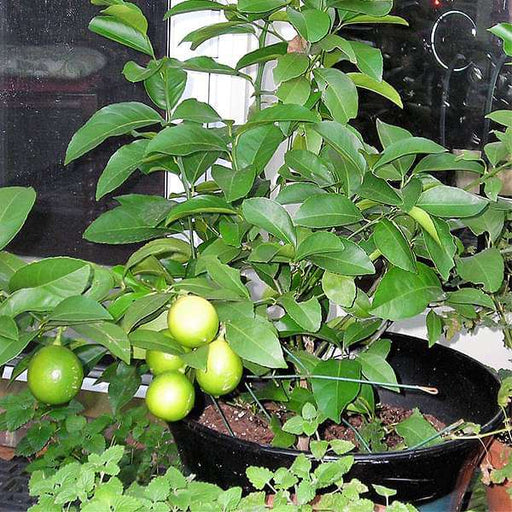 Save 17%
Save 17%
Nimboo, Lemon Tree - Plant The Nimboo, or Lemon Tree, is a delightful addition to any garden or indoor space. Known scientifically as Citr...
View full details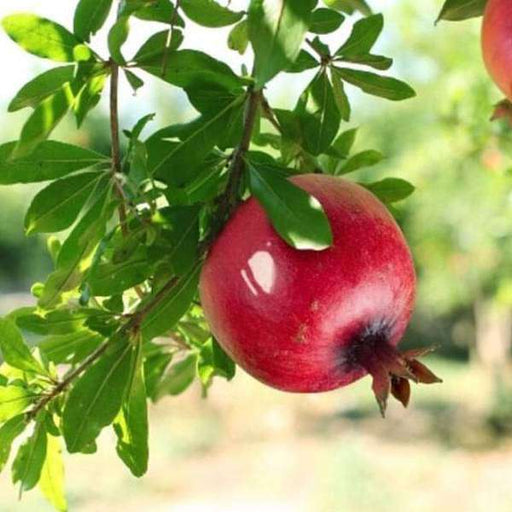
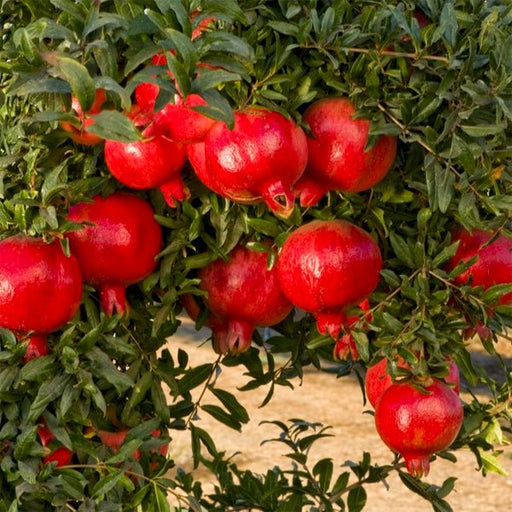 Save 18%
Save 18%
Pomegranate Plant (Punica granatum) The Pomegranate, known scientifically as Punica granatum, is a deciduous shrub or small tree that prod...
View full details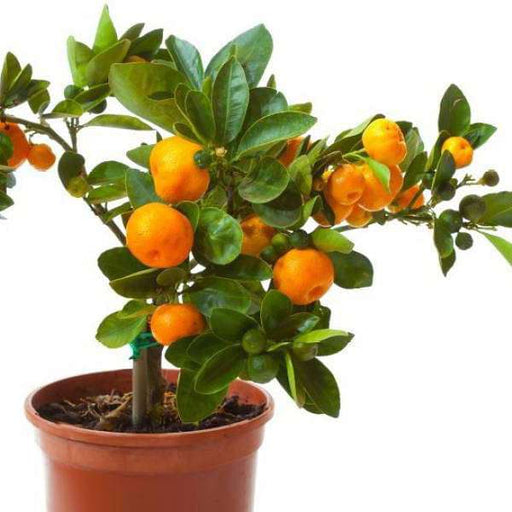 Save 16%
Save 16%
Orange Fruit, Santra - Plant The Orange Fruit, known as Santra in many regions, is a vibrant citrus plant that produces juicy, sweet fruit...
View full details Save 17%
Save 17%
Fig Tree, Anjeer Fruit, Common Fig Fruit - Plant The Fig Tree, scientifically known as *Ficus carica*, is a deciduous tree that produces t...
View full details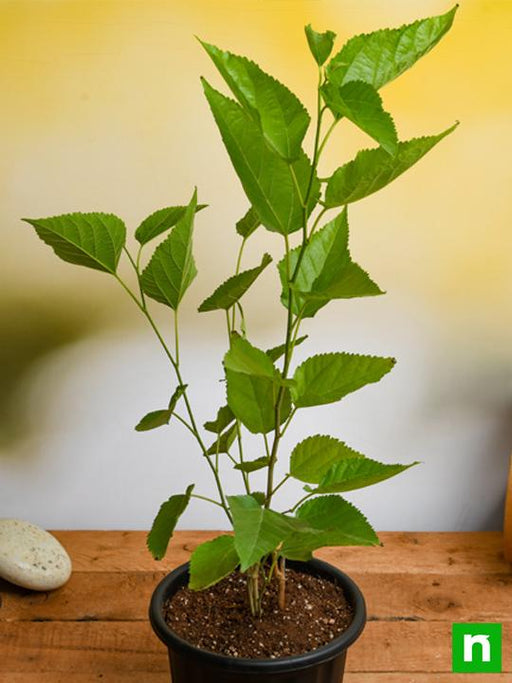
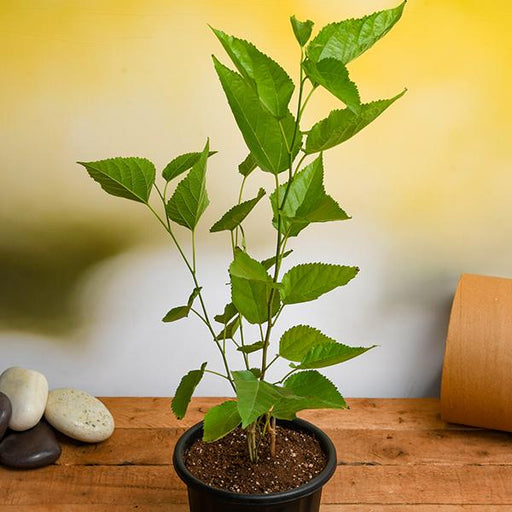 Save 18%
Save 18%
Shahtoot, Mulberry, Tuti (Small Leaves) - Plant The Shahtoot, also known as Mulberry or Tuti, is a remarkable plant celebrated for its sma...
View full details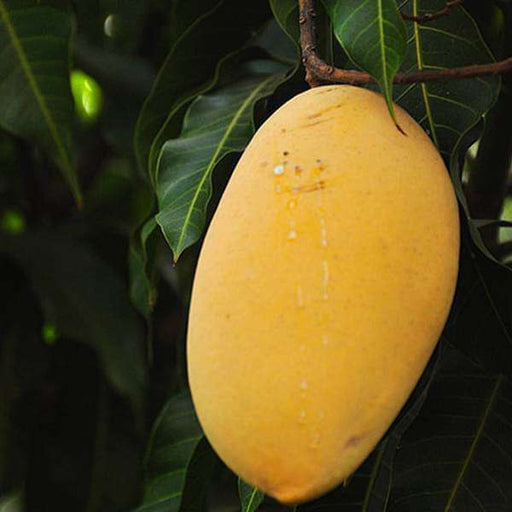 Save 14%
Save 14%
Mango Tree (Alphonso, Grafted) - Plant The Alphonso Mango Tree, scientifically known as *Mangifera indica*, is a prized variety renowned f...
View full details Save 15%
Save 15%
Pack of Vermicompost and Neem Cake for House Plants Transform your indoor garden with our premium Pack of Vermicompost and Neem Cake, spec...
View full details
Pack of Plant Growth and Flower Boosters Unlock the full potential of your garden with our Pack of Plant Growth and Flower Boosters! This ...
View full details Save 38%
Save 38%
Combo of Jeevamrut and Neem Raksha for Easy Growth and Protection of Houseplants Transform your indoor garden with our exclusive combo of ...
View full details Save 22%
Save 22%
Plant Nutrients Kit (Pack of 16) for a Healthy Garden Transform your garden into a lush paradise with our Plant Nutrients Kit, featuring 1...
View full details Save 16%
Save 16%
Combo of Top Plant Fertilizers Elevate your gardening game with our exclusive Combo of Top Plant Fertilizers, featuring two bags of premiu...
View full details Save 24%
Save 24%
Pack of 4 Additives to Make Soil Healthy and Nutrient Rich Transform your garden into a thriving ecosystem with our Pack of 4 Additives de...
View full details Save 30%
Save 30%
Transform your gardening experience with our premium Combo of Perlite and Vermiculite. This unique blend is designed to enhance soil aeration and ...
View full details Save 27%
Save 27%
Combo of 2 Vermicompost and Cocopeat - Enrich Your Soil Naturally! Transform your garden into a thriving ecosystem with our Combo of 2 Ver...
View full details
 Save 35%
Save 35%
Best 6 Plants for Perfect Indoor Garden Transform your living space into a lush oasis with our curated collection of the Best 6 Plants for a...
View full details
 Save up to 50%
Save up to 50%
Mini Succulent Garden Pack Transform your space with our Mini Succulent Garden Pack, featuring a delightful collection of 4 any variety beautiful s...
View full details
 Save 30%
Save 30%
5 Best Fragrant Plants Transform your garden or indoor space into a fragrant paradise with our curated selection of the 5 Best Fragrant Plants. Th...
View full details
 Save 24%
Save 24%
Set of 2 Bonsai Looking Grafted Adeniums Transform your indoor or outdoor space with our exquisite Set of 2 Bonsai Looking Grafted Adenium...
View full details Save 45%
Save 45%
Top 4 Die Hard Succulents Pack Transform your indoor or outdoor space with our Top 4 Die Hard Succulents Pack, featuring a curated selecti...
View full details
 Save 30%
Save 30%
5 Best Indoor Plants Pack Transform your living space into a lush oasis with our '5 Best Indoor Plants Pack.' This carefully curated collection fe...
View full details
 Save 25%
Save 25%
Set of 4 Evergreen Air Purifier Plant Pack Transform your indoor space into a lush, green oasis with our Set of 4 Evergreen Air Purifier Pla...
View full details| SrNo | Item Name | Qty |
|---|---|---|
| 2 | Butternut Pumpkin Plant | 1 |
The Butternut Pumpkin, scientifically known as Cucurbita moschata, is a versatile and nutritious squash variety that boasts a sweet, nutty flavor and creamy texture. This heirloom plant is not only a culinary delight but also a powerhouse of vitamins A and C, fiber, and antioxidants, making it a staple in healthy diets. With its smooth, tan skin and vibrant orange flesh, the Butternut Pumpkin is perfect for soups, pies, and roasted dishes.
What makes the Butternut Pumpkin special is its adaptability to various climates and its ability to thrive in home gardens. This plant is known for its high yield and long storage life, allowing you to enjoy its deliciousness well into the winter months. Its rich flavor and nutritional benefits have made it a favorite among chefs and home cooks alike.
One of the standout features of the Butternut Pumpkin is its impressive environmental impact. As a warm-season crop, it requires less water than many other vegetables, making it a sustainable choice for eco-conscious gardeners. Additionally, its ability to improve soil health through its deep root system contributes positively to the ecosystem.
If you think growing butternut pumpkins is as easy as pie, think again! These beauties require a bit of TLC. From soil preparation to watering schedules, mastering the art of butternut pumpkin care is like being a pumpkin whisperer. You’ll need to keep an eye out for pests and diseases, ensuring your pumpkins grow plump and perfect. Remember, a happy pumpkin is a tasty pumpkin!
Planting butternut pumpkin seeds is like casting a spell for a bountiful harvest. Choose a sunny spot, prepare the soil, and drop those seeds in like you’re planting gold nuggets. Timing is everything; wait until the frost has bid adieu. With a little patience and a sprinkle of magic, you’ll soon see those little green sprouts reaching for the sky!
Harvesting butternut pumpkins is the grand finale of your gardening opera. It’s the moment you’ve been waiting for, where you get to strut your stuff with your homegrown produce. Wait until the skin hardens and the stem turns brown—this is your cue! Use a sharp knife, and don’t forget to do a little victory dance as you collect your golden treasures.
Once you’ve grown your butternut pumpkins, it’s time to unleash your inner chef! Butternut pumpkin recipes are as versatile as they are delicious. From creamy soups to savory pies, the culinary possibilities are endless. Get ready to impress your friends and family with your gourmet creations. Who knew gardening could lead to such tasty adventures?
Butternut pumpkins aren’t just a pretty face; they’re packed with nutritional benefits! Rich in vitamins A and C, fiber, and antioxidants, these pumpkins are the superheroes of the vegetable world. Eating them can boost your immune system and keep your skin glowing. So, indulge guilt-free—your body will thank you for it!
Did you know there’s more than one type of butternut pumpkin? That’s right! Exploring butternut pumpkin varieties is like going on a treasure hunt. From the classic butternut to the lesser-known varieties, each has its unique flavor and texture. Discovering these gems can elevate your gardening game and your dinner table!
Storing butternut pumpkins is an art form in itself. You can’t just toss them in a cupboard and call it a day! These pumpkins thrive in cool, dry places, away from direct sunlight. Proper storage can extend their shelf life, allowing you to enjoy your harvest long after the growing season ends. It’s like giving your pumpkins a cozy home!
Beware of the sneaky pests that lurk around your butternut pumpkins! From squash bugs to aphids, these little critters can wreak havoc on your garden. But fear not! With a bit of vigilance and some organic pest control methods, you can keep your pumpkins safe and sound. After all, a pest-free garden is a happy garden!
The secret to a thriving butternut pumpkin plant lies in the soil! Butternut pumpkin soil requirements are all about balance. They love well-draining, nutrient-rich soil with a pH level between 6.0 and 6.8. So, roll up your sleeves and get ready to mix in some compost and organic matter. Your pumpkins will thank you with a bountiful harvest!
If you want to create a harmonious garden, consider butternut pumpkin companion plants. These buddies can help deter pests, improve soil health, and even enhance the flavor of your pumpkins. Think marigolds, corn, and beans—nature’s perfect trio! Planting them together is like throwing a garden party where everyone gets along.
The butternut pumpkin growing season is a magical time when your garden transforms into a pumpkin paradise. Typically, these pumpkins thrive in warm weather, so plant them after the last frost. With the right care, you’ll witness the transformation from tiny seeds to magnificent pumpkins. It’s a season of growth, joy, and, of course, plenty of photo ops!
Butternut pumpkin, also known as butternut squash, is a sweet, nutty fruit that’s a favorite in soups and pies. With its tan skin and vibrant orange flesh, it’s like the pumpkin’s sophisticated cousin who went to culinary school. Perfect for roasting, mashing, or pureeing, it’s a versatile kitchen superstar!
Plant butternut pumpkin seeds in well-drained soil after the last frost. Space them about 3 feet apart, as they love to sprawl like a cat in the sun. Water them regularly, and watch them grow into glorious green vines. Just remember, they’re not fans of frost—so keep an eye on the weather!
Butternut pumpkins thrive in full sun and well-drained soil with a pH of 6.0 to 6.8. They’re like sunbathers at the beach, soaking up those rays! Ensure they have plenty of space to spread out, and don’t forget to keep them hydrated. Happy plants equal happy harvests!
Patience is key! Butternut pumpkins typically take about 75 to 100 days from planting to harvest. It’s like waiting for a fine wine to age—worth every moment! Keep an eye on those vines, and soon you’ll be rewarded with a bountiful harvest of deliciousness.
Harvest butternut pumpkins when their skin turns a deep tan and the stem starts to dry out. It’s like waiting for the perfect moment to pop the champagne! Use a sharp knife to cut them from the vine, leaving a few inches of stem. Store them in a cool, dry place.
A ripe butternut pumpkin will have a hard, tan skin and a dull sheen. Give it a gentle thump—if it sounds hollow, it’s ready for the spotlight! The stem should be dry and brown, indicating it’s time to bring your pumpkin home for some culinary magic.
Absolutely! Butternut pumpkins can be grown in large containers, but they’ll need plenty of space to spread their vines. Choose a container that’s at least 5 gallons and fill it with nutrient-rich soil. Just remember, they’re like party animals—give them room to roam and they’ll reward you with a bountiful harvest!
Keep an eye out for squash bugs, aphids, and cucumber beetles—they’re the uninvited guests at your pumpkin party! Use organic insecticides or introduce beneficial insects like ladybugs to keep them in check. A little vigilance goes a long way in ensuring your butternut pumpkins stay healthy and happy.
Store your harvested butternut pumpkins in a cool, dry place with good air circulation. They’re like fine art—best displayed away from direct sunlight! If stored properly, they can last for several months. Just don’t forget about them; they might start plotting their escape!
Yes, you can eat the skin of butternut pumpkin, but it’s often tough and not as tasty as the flesh. If you’re feeling adventurous, roast it alongside the flesh for added texture. Just remember, it’s not the star of the show—let that sweet, creamy interior shine!
Butternut pumpkin is a nutritional powerhouse, packed with vitamins A and C, fiber, and antioxidants. It’s like a health guru in disguise! Incorporating it into your diet can boost your immune system, improve digestion, and keep your skin glowing. Plus, it’s delicious—what’s not to love
Absolutely! Saving seeds from your butternut pumpkin is a great way to grow your own next season. Just scoop out the seeds, rinse them, and let them dry completely. Store them in a cool, dry place until planting time. It’s like having a little piece of your garden legacy!